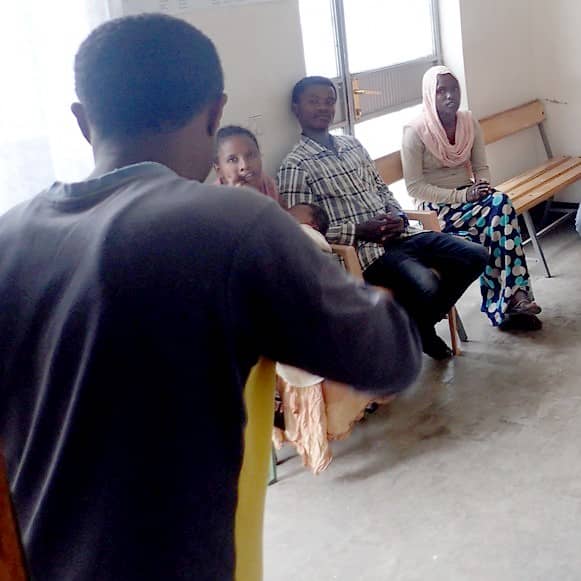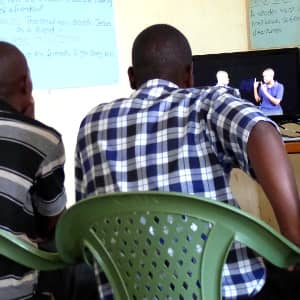COVID-19, also known as the coronavirus, is sweeping the globe, affecting people’s lives and routines. Many public places in the United States have been closed, with only essential services staying open such as grocery stores, pharmacies, hospitals, etc. Italy is one of the hardest hit countries, experiencing a rising death toll the likes of which the 21st century has never seen before.
The impact of the coronavirus on our daily lives is clear, and many of us feel that impact keenly. The Deaf community, on the other hand, is being affected in ways we might not realize. In a time where sign language interpreters are commonly seen standing next to various governors as they provide updates on how the government is fighting this virus, many Deaf people still lack access to vital information about the coronavirus elsewhere.
In the United States, people are encouraged to go to the CDC website for information, but what do you do when they don’t provide you access in your language? There is an increasing number of third party resources and videos about the coronavirus in American Sign Language (ASL), often featuring doctors who are fluent in ASL. However, there is a wide range of quality and informational value within these videos, and it can be hard to know which resource is the best.
Also, most of these videos address the broad aspect of COVID-19, answering the “what is coronavirus” question and describing how to take steps to protect yourself. Few resources in sign language address the steps each state is taking to fight this virus. Videos about the political ramifications of this virus or the impact it is having on the economy are non-existent. Daily news updates are only in English or other written languages.
Many Deaf people in the States can read, but for most of them, English is their second or third language. Additionally, due to the highly collective nature of the Deaf community, many Deaf people prefer to process information in groups. Group processing provides individuals with the opportunity to ask questions and discuss their opinions until they come to a complete understanding of the topic. If someone watches a video on the coronavirus, that option to process as a group is taken away.
Social distancing is another thing that is massively impacting the Deaf community. 90% of Deaf children are born to hearing parents, who often do not know sign language, so they are the only minority group to be born to parents not of their minority. Deaf people often depend on the Deaf community for their socialization and sense of belonging. Now that Deaf schools and clubs are closed, and many Deaf events have been canceled, Deaf people are experiencing a lack of socialization with other members of their own minority. Some Deaf students are now being “homeschooled” by parents who can’t fluently communicate with them in their own language.
Outside of the United States, access to information about the coronavirus varies from country to country. Many developing nations don’t have enough sign language interpreters to serve the needs of the Deaf communities there, and if widespread access to the internet is not common, Deaf people are often forgotten and ignored.
The coronavirus is hitting everyone in different ways, and we here at DOOR are in prayer for everyone affected. Please pray with us for the Deaf people group through this time—pray that they will know God is with them through this crisis. Pray that they can find opportunities to socialize and use their heart language with others via video chat or other modes of communication made possible by technology. Thank you for your time, prayers, and commitment to DOOR. We appreciate each one of you and we look forward to staying in touch.



